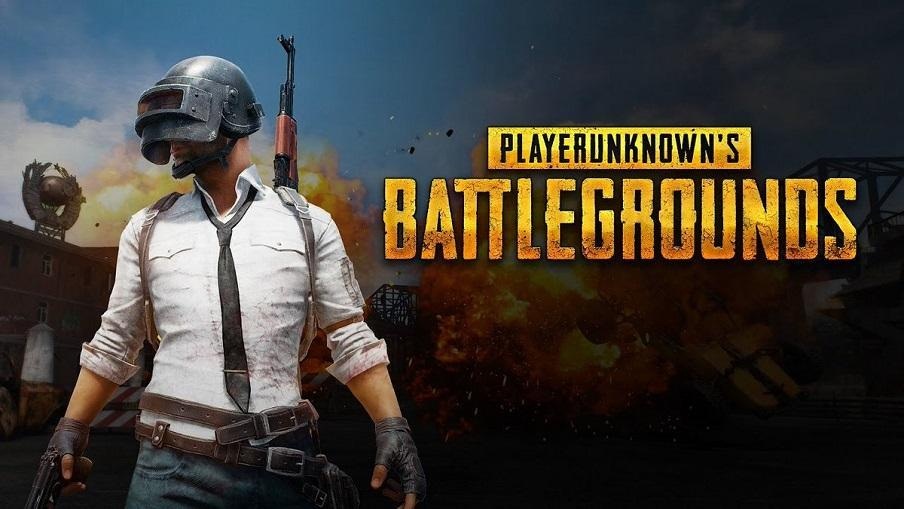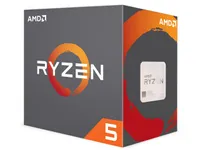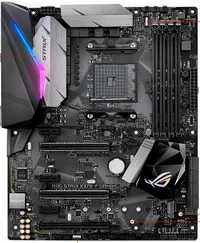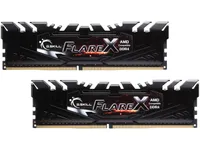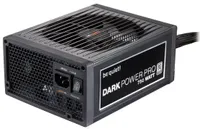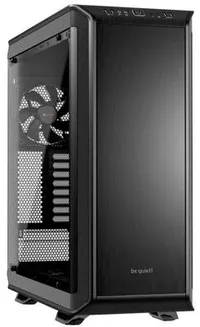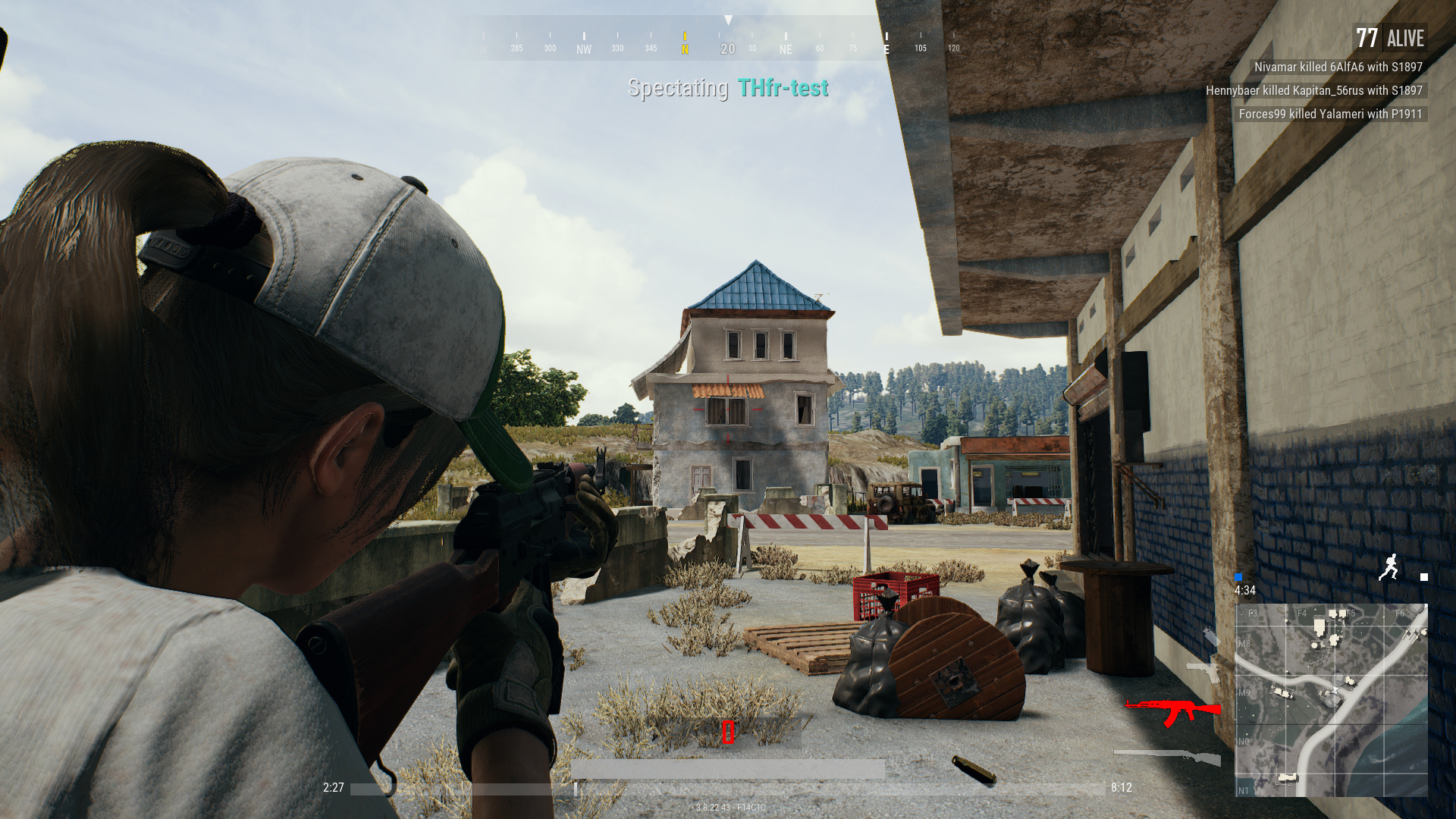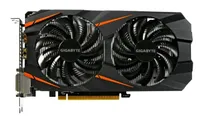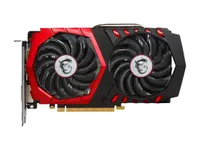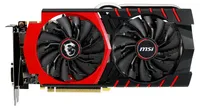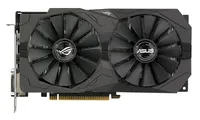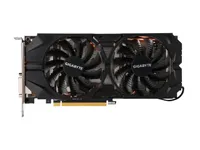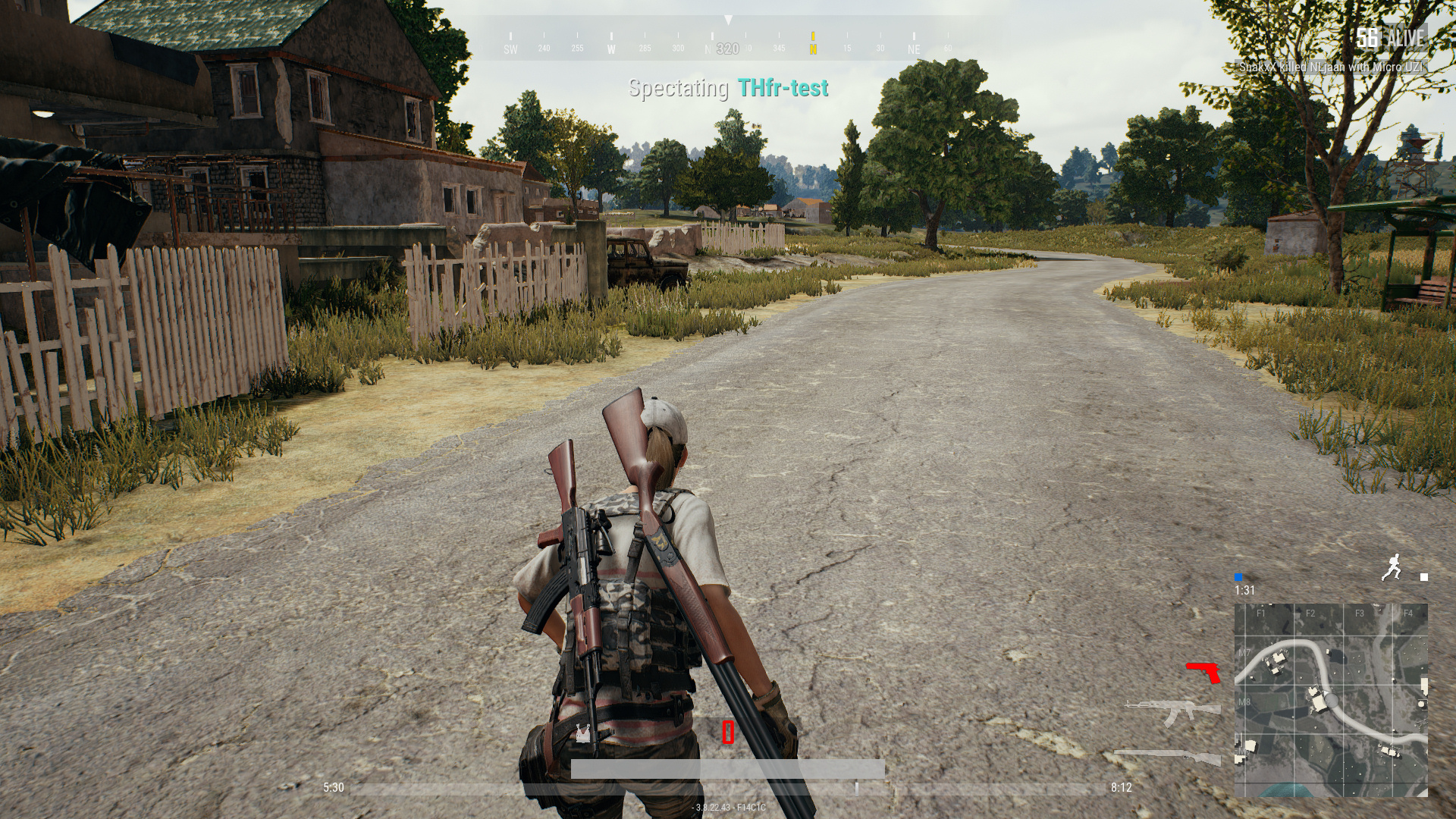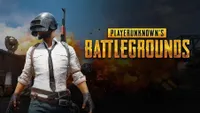The Best Possible PUBG Performance: 10 Graphics Cards Tested
The Game, Graphics Engine & Settings
If you're not already in the know--maybe you've been too busy playing Fortnite--PlayerUnknown's Battlegrounds, otherwise known as PUBG, is an online multiplayer game that pits up to 100 participants in a battle royale. Players parachute onto the map and fight to survive as its boundaries contract every few minutes, forcing everyone closer together. The popularity of this genre is undeniable: both PUBG and its rival Fortnite: Battle Royale have sold tens of millions of copies, and frequently breaking Steam records for concurrent players.
Clearly, then, PUBG was designed for accessibility. Developer PUBG Corporation wants the DirectX 11 game to run across a wide range of hardware configurations. And yet the Unreal Engine 4-based title can still tax high-end components when you crank up its detail settings. According to our performance data across multiple graphics cards, CPU core configurations, and detail settings, it's probably worth upgrading your PC for an even better PUBG experience.
Benchmark Sequence
PUBG does not have an integrated benchmark, unfortunately. This forced us to create a reproducible test sequence. The problem, of course, is that each online match is inherently different, making it impossible to generate comparable results. Our workaround was to record an average match and use it as a replay. The entire benchmark we ended up with lasts a little more than eight minutes. You can watch the complete run through below.
Minimum And Recommended System Requirements
The Steam page for PUBG reveals its minimum and recommended configurations, per the developer. At minimum, you want a good quad-core CPU. The game also seems to need plenty of RAM. And not surprisingly, capable graphics processing hardware is critical if you want to run at 1920x1080 using high-quality visuals.
Here's a rundown of the core components and settings of our tests machine:
| Configuration | Minimum | Recommended |
| Processor | Intel Core i5-4430AMD FX-6300 | Intel Core i5-6600KAMD Ryzen 5 1600 |
| Memory | 8GB | 16GB |
| Graphics | Nvidia GeForce GTX 960 2GBAMD Radeon R7 370 2GB | Nvidia GeForce GTX 1060 3GBAMD Radeon RX 580 4GB |
| Operating System | Windows 7, 8.1, 10 (64-bit) | Windows 7, 8.1, 10 (64-bit) |
| Disk Space | 30GB | 30GB |
Test Configuration
| Software Configuration | |
| Operating System | Windows 10 x64 Pro 1709 (16299.371) |
| Graphics Drivers | The game was tested using the latest public drivers available at the time we ran our benchmarks:Nvidia GeForce Game Ready 397.31AMD Radeon Adrenalin Edition 18.3.4 |
| Game | The most up-to-date version of the game was tested at the time we ran our benchmarks:PlayerUnknown's Battlegrounds v3.7.33 - 3.8.21 |
We recently updated our test configuration to better reflect mainstream gaming in 2018. This time around, we picked an AMD Ryzen-based platform, honing in specifically on the 1600X as a great option for enthusiasts looking to save some money.
Steam’s survey of software and hardware configurations offers us a view of the most prevalent components and settings (the data comes from April 2018):
Get Tom's Hardware's best news and in-depth reviews, straight to your inbox.
- 8GB of RAM is found in 39% of gaming PCs. Our system has 16GB, similar to almost 37% of surveyed gamers.
- Full HD resolution is used by 61% of gamers, while 14% are still running at 1366x768. QHD is used by only 3.3% of gamers, and 4K remains anecdotal. Keeping in mind the publisher’s recommended hardware specifications, we test PUBG exclusively at Full HD.
- Quad-core CPUs are installed in more than two-thirds of surveyed systems (61% to be exact). In anticipation of what will likely be common in the near-term future, we used a mid-range six-core processor.
Graphics Card Selection
We chose eight graphics cards to compare, representing mainly entry-level and mainstream options. Here are the competing cards:
Test Procedure
All performance data is collected using the PresentMon tool and our own custom front-end.
In order to accurately represent performance, each graphics card is warmed up to a stable temperature before measurements are collected. Most newer GPUs employ mechanisms to optimize clock rates based on variables like power and temperature. So, tests run during this period would convey better performance than you'd see in the real world. We therefore play the benchmark sequence once prior to gathering official data.
For graphics options, we tested the game at 1920x1080 resolution, using the Ultra and Medium quality presets.
MORE: Get Best Far Cry 5 Performance: 10 Graphics Cards Tested at “Ultra” Quality
MORE: Get Maximum Fortnite Performance: 'Epic' Mode With 10 Graphics Cards
MORE: Final Fantasy XV Performance Review
Current page: The Game, Graphics Engine & Settings
Next Page Graphics & Performance Settings-
beckstrom12 Can you please start including 1440p back into your benchmarks? I think that this resolution, while not the most popular now, will become more and more popular. This will make these articles much more future proof and allow people that have QHD now and in the future view these articles for information.Reply -
mischon123 All cards are 2 or more years old. 1080, 60, 50, 40 is obsolete by any standard. 1080px to 2560px is dead. New merchandise coming out. 4k and 8k is where its at. Not a review or test...TH part of the marketing scheme to sell off old stock.Reply -
Lucky_SLS ^ guess u never read the steam user system survey info published in the first page...Reply
Damn, meant to down vote that. Lel. -
husker No problem with the article if they want to test common cards. The problem is the title. If I click a review of "The Best Possible PUBG Performance", then I kind of expect to see high end video cards, not older, mid-range cards.Reply -
spdragoo Reply20998644 said:Can you please start including 1440p back into your benchmarks? I think that this resolution, while not the most popular now, will become more and more popular. This will make these articles much more future proof and allow people that have QHD now and in the future view these articles for information.
1440p wouldn't have been useful in this situation. Except for the "bonus" GTX 1080 vs. Vega 64 showdown, none of the GPUs tested are "1440p-capable" GPUs. The top-line GPUs they tested were the GTX 1060 & RX 580...both of which barely managed to get past 60FPS@1080p, & had significant differences between their Average & Minimum results. What would have been the point of 1440p testing with these GPUs? "Proving" that their 1440p performance is lacking? "Proving" that PUBG's optimization still lags behind other games?
Even with the GTX 1080 & Vega 64, those 1440p tests aren't exactly impressive. It's more in line with the 1080's performance in Witcher III (https://www.techspot.com/review/1174-nvidia-geforce-gtx-1080/page3.html)...& I think we can all agree that there's no contest as to which game (PUBG or Witcher III) has better graphics... -
The Paladin clean answers though not terribly revealing to many that have the hardware and the game from the start, but in all fairness for all the youngsters out there thinking of building a new rig for gaming PUBG this would be a good read to guide them.Reply
as far a 1440 and 4K gaming, that is upper gamer life, 75% or more "home gamers" who have a mortgage will tell you they have a 1080po monitor on they desk.
-
Lucky_SLS If you guys are considering 2k res for benchmarks, I for one would love to see the 21:9 aspect ratio performance. 2560x1080 for mainstream and 3440x1440 for the top end.Reply
Imagine playing in a monitor like the AOC - C3583FQ. True mainstream gaming monitor. -
alextheblue ReplyOnly three or four cores seem to be used heavily
UE4 shows that it's optimizedfor multi-core CPUs and manages multiple threads well.
Are you contradicting yourself here, or when you say "optimized for multi-core" you actually mean TWO cores with hyperthreading. The game barely taxes the CPU from your own testing. A cheap CFL i3 would probably be overkill.
Meanwhile on the GPU front you can't throw enough graphics resources at the game, seems like they have a lot of headroom for optimization.
-
lucas_7_94 AntiAliasing = High/UltraReply
Post Processing = High/Ultra
Shadows High.
Everything else, very low, and enjoy
